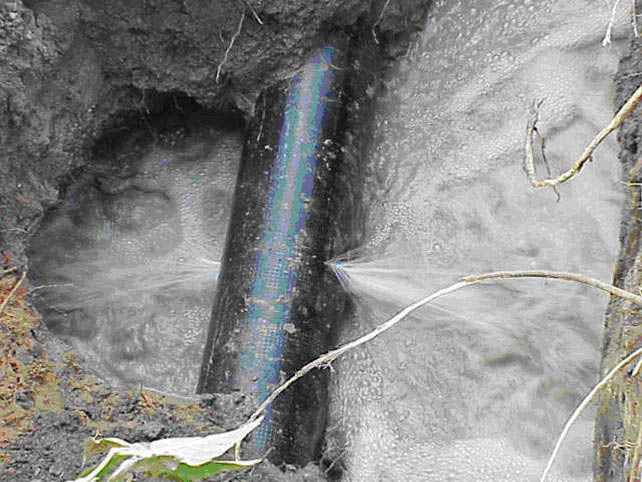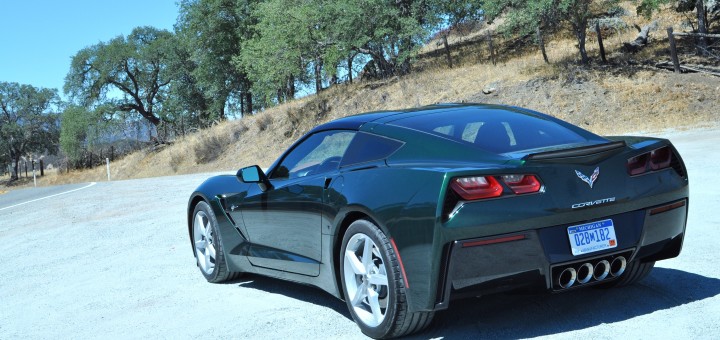
There is no more critical or touchy stage of discovery in a bad faith case than the request for the claims file. It will color the rest of the discovery course, including, most notably, depositions of claims personnel. Inevitably the request for the file comes, seeking every bit of data, electronic and hard copy, which ever existed in the claims file. The request contains no restrictions, and no reasonable bounds – the bane of insurance company counsel’s existence. How to respond, yet again, without having to fight World War III?
A well-prepared privilege log provides insurance company counsel with an opportunity to frame and present argument on discovery motions before they are ever filed. And yet this opportunity is overlooked — passed over for rote, form privilege log entries like “Not Discoverable: Attorney Client Privilege” and the like. These bland entries will neither satisfy plaintiff’s counsel, nor a judge. So take a step back and look differently at the privilege log which accompanies your initial claims file production. Look at the opportunity as a chance to file a free discovery brief, and treat it as such. Get the jump on making valid arguments to protect those portions of the claims file which need not be disclosed under the applicable jurisdiction’s discovery law.
First, a quick look at an example regarding the discovery of claims reserve information, and then a review of the basic elements of privilege log entries which will persuade judges and protect portions of the insurer’s claims file:
Bad Privilege Log Entry Example: “Objection. Claims Reserves Are Not Discoverable”
Much Better Privilege Log Entry Example: “Reserve information is non-discoverable work product and/or is irrelevant and disclosure of information will not lead to admissible information. See, Safeguard Lighting Sys. , Inc. v. N.Am. Specialty Ins., 2004 WL 3037947 (E.D.Pa. 2004); Union Carbide Corp. v. The Travelers Indemnity Co., 61 F.R.D. 411 (W.D.Pa. 1973); Fidelity & Deposit Co. of Maryland v. McCulloch, 168 F.R.D. 516 (E.D.Pa. 1996); and Williams v. Nationwide Mut. Ins. Co., 750 A.2d 881 (Pa.Super. 2000). Reserving is an insurance accounting instrument largely designed for purpose of regulatory compliance, and not evidence of an insurer’s opinion as to either the actual value or settlement value of the claim. See, id.”
The differences in the two privilege log entries is apparent, but it is not simply the size — don’t confuse length with persuasive substance. The better privilege log entry contains the following elements:
- specific reference to the discovery sought, identifying it with as much particularity as possible;
- Comprehensive statement of case law and rule of procedure which supports insurance company counsel’s position that the discovery sought is protected from discovery.
- Where possible, additional identification of important public policy principles which weigh in favor of protecting the discovery sought. Common sense and logical arguments can also appear here.
In addition to providing a jump on the opposition should the dispute make its way to a judge, it demonstrates to the reviewing judge that the objections were not “knee-jerk” or form objections not worthy of the judge’s consideration. It sets up the insurer’s counsel as credible and thoughtful in the mind of the Court , which will not hurt the insurer, of course.
Good insurance company counsel do not look at privilege logs as merely something to be thrown together as part of preparing discovery answers. They look at logs instead as an opportunity to advocate for the protection of discovery at a key point in the bad faith or coverage case.
CJH


 TULSA, May 6 – An insurance agent who neither wrote nor issued the insurance policy was dismissed from a federal bad faith and coverage suit by an Oklahoma federal judge last week.
TULSA, May 6 – An insurance agent who neither wrote nor issued the insurance policy was dismissed from a federal bad faith and coverage suit by an Oklahoma federal judge last week.





